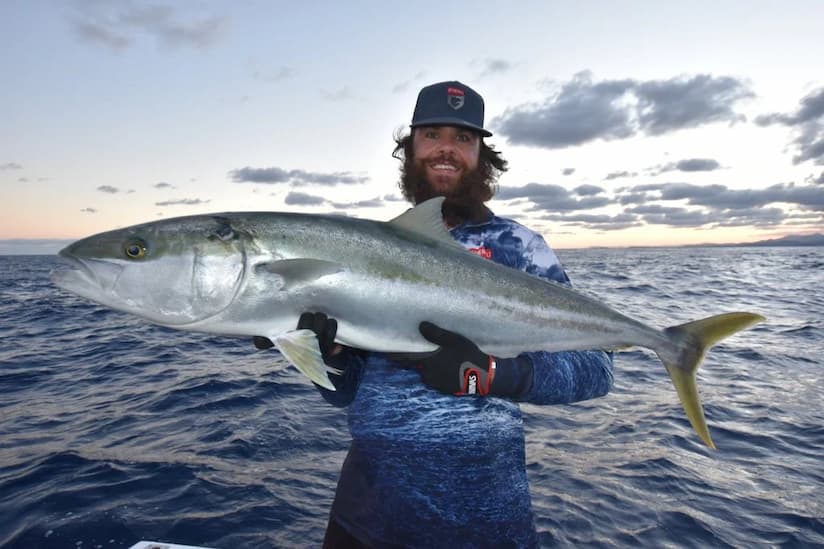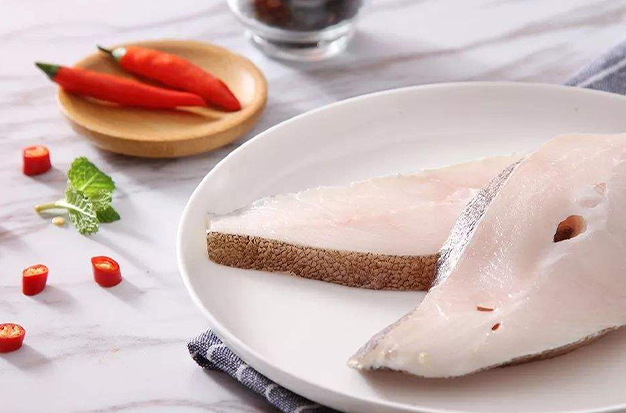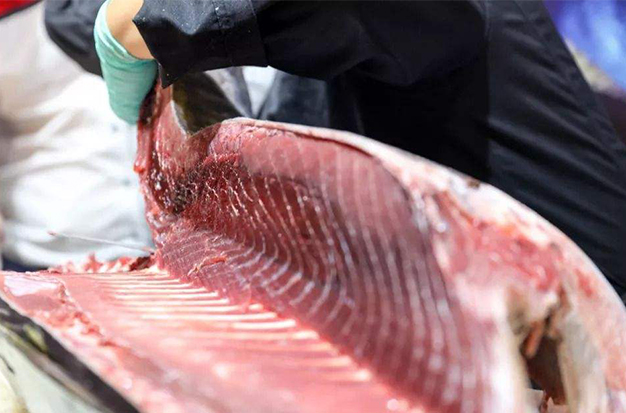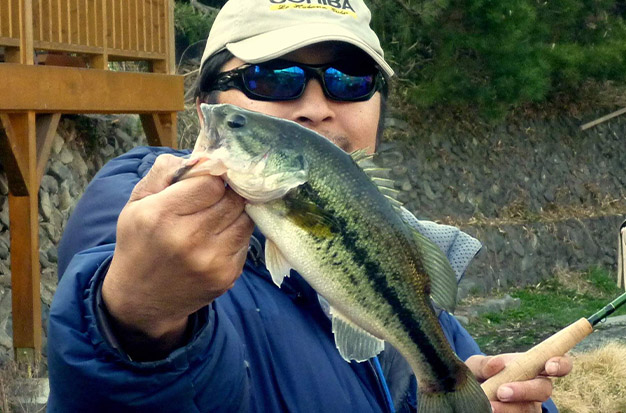Prior to setting out in pursuit of them with a rod and reel, it is important to understand a few of the key characteristics or behavioral traits, as is the case with many species that you may aim to target. We hope that by giving you some insight into the Yellowtail Kingfish and what makes them tick in the article below, you’ll be able to find them more frequently while going on your fishing expeditions.
So, how to catch Kingfish?
To catch Kingfish: Speed appears to be the secret to success for jig or lure fishermen. Kingfish are drawn to lures that are moving quickly or erratically. Both mechanical and high-speed vertical jigging—basically a high-speed vertical retrieve from the ocean floor to the surface—are very effective methods of catching fish.
For more information, keep reading.
Table of Contents
Kingfish Description
They are a widespread sport fish that are the target of numerous competitions worldwide, being found from North Carolina to Brazil. They can be found both on land and in the sea, down to a depth of about 600 feet (though they are more frequently found between 50 and 150 feet). Because they migrate, they are sometimes in great numbers at particular times of the year and then completely absent at other times. They are frequently confused with different kinds of mackerels when they are young.
When you locate a school of kingfish, the action can be frantic and quick.
Despite being much smaller than that, kingfish can weigh up to 90 lbs. Fish larger than 15 pounds are likely females because they grow much larger than males do. Watch your toes when you bring them on deck because they can deliver a nasty bite with their teeth.
Kingfish are large enough to fight harder than some of their smaller cousins. They will run hard. They tend to approach the boat without much difficulty once you turn their heads, though once you get them on board they might zip off again. Always on the verge of cutting your line are their teeth.
Kingfish Culinary Rating
The slightly oily meat of kingfish is flavorful when grilled or smoked. For myself, if it was extremely fresh, I would eat it, but if not, I would probably choose something else.
Kingfish Tackle
These fish need a lot of line because they make fast runs, especially the larger ones. You don’t need a very heavy line, though, because they don’t go into the rocks. On trolling gear, Kingfish are typically caught.
Kingfish Techniques
Trolling is the primary method of catching Kingfish. When using live bait, you ought to trolling fairly slowly. You can troll faster if you use lures. Because they frequently bite the tail, like many members of the mackerel family, make sure you have a hook in the back as well as the front if you’re using a bait.
They share the same annoying combination of keen eyesight and teeth as all mackerel. They are therefore less likely to bite if you use a wire leader, but you stand a good chance of getting cut off if you don’t. Although they frequently bite the back of a lure, most people use the lightest wire they believe they can get away with given the clarity of the water. Occasionally, however, they are lucky and miss the teeth. If the water isn’t very clear, you might be able to use wire up to 90 pounds for the larger fish.
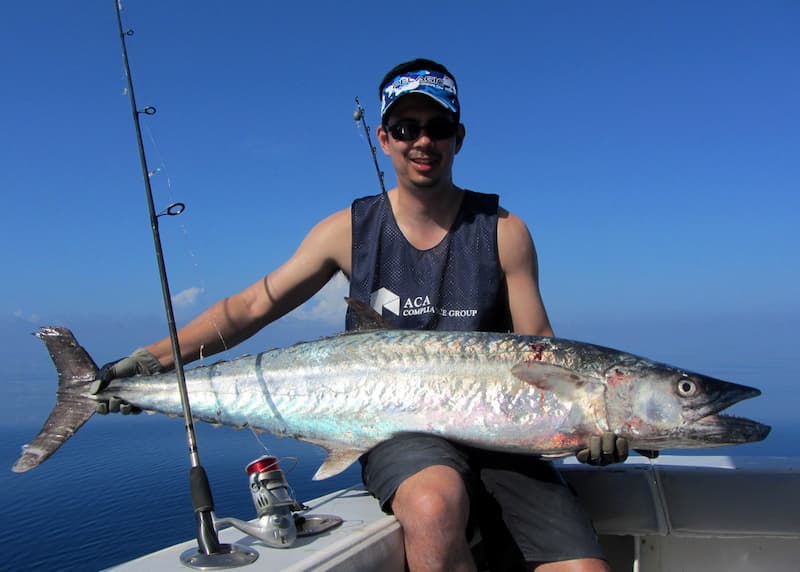
Kingfish Lures
Kingfish are typically caught using live bait, but lures can also be used to catch them. Although I’ve never tried to lure them in this way, you could try trolling shiny spoons or cedar plugs at much faster speeds than you would when using bait. See more about What Is Deep Sea Fishing?
Kingfish Live Baiting
Yellowtail Kings will readily inhale a well-presented live bait when you first start chasing them, so live baiting is your best bet for success. Squid, Slimie Mackerel, and Yellowtail Scad (Yakkas) would be your most likely and accessible baits, though a live Bonito or Mac Tuna shouldn’t be disregarded.
If at all possible, coordinate with the hatch! As naturally as you can, present the baits that the kingfish are most likely to eat.
While driving the boat around using your electronics to locate fish then bombing them with a live bait is equally effective, slow trolling is a very effective technique because you can cover ground and find fish that way. (Using a paternoster or other bottom-style rig, bombing (dropping a live bait on a kingfish’s head) is a fishing technique.
Once you’ve persuaded a King to take your live bait, be sure to give them enough time to consume it (a good 5 to 10 seconds), set the hook (ease into it if you’re fishing with circle hooks; no strike is necessary), and hold on!
Kingfish Jigging
Jigging requires physical effort, and quite a bit of it, as opposed to live baiting, where your main priorities are fresh live bait and presentation.
When casting jigs weighing anywhere between 60 and 250 grams toward kings and their preferred haunts, short rods with an aggressive taper are standard fare. Choose assist hooks that are the right size for your jig and the fish you want to catch.
Work the jig with a variety of retrieves, including short, sharp, long, and slow ones, as well as the occasional pause.
Jigging will put a lot of strain on your shoulders and back before you even get tight on a King, so make good use of your electronics and time your drops carefully to avoid a long (or very short) day.
Kingfish Topwater
Topwatering in the salt is very, very demanding! On your tools (and your bank account), as well as on your physical and mental state. But all of that discomfort is quickly forgotten when you can persuade a sizable Yellowtail King to eat from the top.
Cast large stickbaits and modestly sized poppers as far as you physically can, and then retrieve your lure in accordance, changing your retrieve as much as you can from cast to cast.
The frustrating part is that there are days when the Kings will destroy everything you throw at them, creating spectacular surface explosions upon contact with your lure, and other days when they will follow your lure back to the boat or rocks, showing little to no interest in anything you sweep past them.
One of the most thrilling aspects of our sport, in my opinion, is the technical side of topwater fishing. By technical, I mean choosing a lure to suit the water’s conditions and then tweaking split rings and hook sizes to change how your lure swims to again suit the surface conditions.
Stand and deliver; don’t be afraid to let the price of the lure and the upgraded hooks/split rings tempt you to wind the drag up a little further when you’re casting large topwater lures toward the horizon. When the right King comes along, grit your teeth and have a dig; you’ll be surprised what a little adrenaline can do!
Off The Stones (Rocks)
Although the majority of the information in the paragraph above is specific to boat fishers, it is more than reasonable and feasible to target large Kings from the stones.
The fundamentals of the techniques remain largely unchanged; only minor adjustments, such as those to rod length, reel size, line size, and the presentation of live baits under flotation, will need your attention.
Oh, and someone to hold onto when a 145-centimeter beast sweeps your live Bonnie while its tail thumps against your bobby cork!
Best Times
Kingfish appear to bite for brief periods before transitioning from ravenous eaters to relaxed cruisers. Large schools of kingfish that studiously ignore your offerings while being all around you can be very frustrating. When there is a current flowing, kingfish frequently feed.
Before the fish grow wary and the bite slows down, hookups frequently happen in the first or second drops of a jig or livebait.
However, bite times can happen at any time of the day. Frequently, a good bite occurs just before dusk, and occasionally early in the morning. Kingies, like a lot of fish, seem to bite more frequently when the tide is running. The incoming tide typically performs better in harbors and estuaries, but depending on the location, either tide may fish best from rock ledges.
The best time of year to catch kingfish is in the summer, but they can be caught any time of year, with winter fish being less common but typically bigger. During the warmer summer months, you can frequently find smaller kingfish near channel markers and wharfs.
Conclusion
Kingfish are occasionally caught from piers extending into deeper water and are found NEARSHORE and OFFSHORE. Within a mile of the beach and just beyond the breakers, large (smoker) kingfish are frequently encountered while fishing in the summer near Orlando off Port Canaveral and Cocoa Beach. Kingfish are frequently caught off Florida’s East Coast along ridges and wrecks.
Kingfish have iridescent bluish green coloring on their backs, silvery sides, a streamlined body, and tapered heads. The lateral line starts high and abruptly descends below the second dorsal fin, and the front of the dorsal fins are not black in color. Young kingfish frequently have yellow spots resembling Spanish mackerel’s spots.
Feel free to post a comment if you have any queries.

